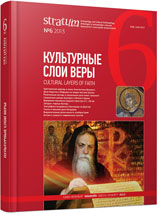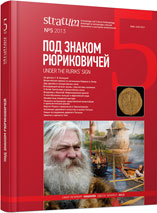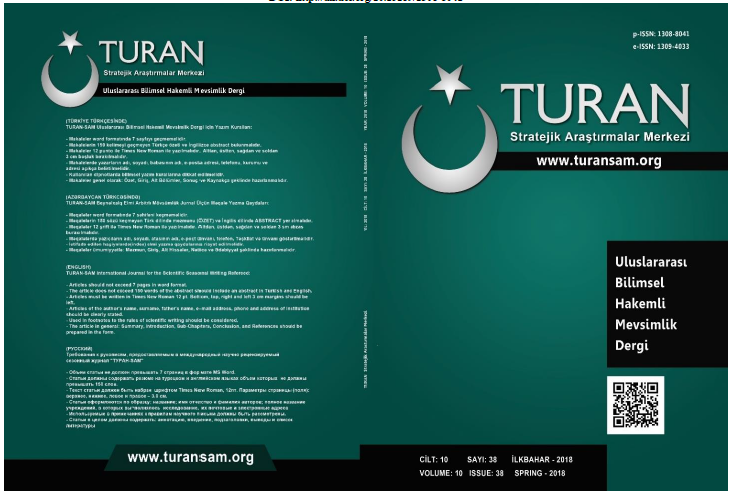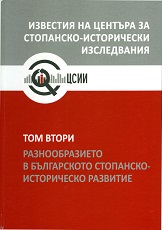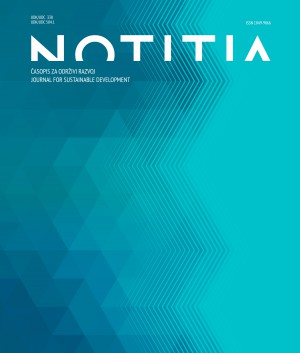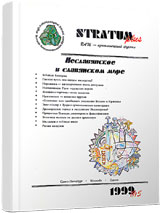
Балтийский вариант движения викингов
The end of the I millennium A. D. was marked by the last serious upheaval of the European civilization of the early state period – the Vikings’ movement. It is important to find out what were the origins of Vikings’ movement in the Eastern part of the Baltic Sea. The stage for military and trade activities at the Vikings’ time in Eastern Europe was “the way from the Varangians to the Greeks”. This river way, by Daugava, Dniepr and Volga, joining North and South Eastern Europe functioned already three thousand years ago. The inhabitants of South Eastern Baltic shores became the most important link between the Northern and South Eastern Europe. The question of their intermediary functions is a key to understanding the nature of the Vikings’ movement in its Eastern, i.e. Baltic version. During many centuries the contacts between the Northern Europe and its other parts based chiefly on the Baltic amber. Having insured their steady trade in the center of the Baltic region, the Prussians and their neighbours Baltic people turn to the East. The trade and bodyguard group of the Amber Coast (now Kaliningrad Oblast of Russia) with deep longstanding relations with the population of Eastern Europe established contacts along the Eastern Way at least one hundred years earlier than the Western movement of the Vikings took place. The Old Ladoga River was a key to this Way. The origin of ethnically Slavic state of Rus’ is directly connected with the Baltic version of Vikings’ movement. As a result of this process, the early Russian state took its firm place on the European political stage. Far from the late ancient civilization centers, this state emerged to a great extent as a guarantee for safety of the Eastern Way for the Baltic merchants.
More...
